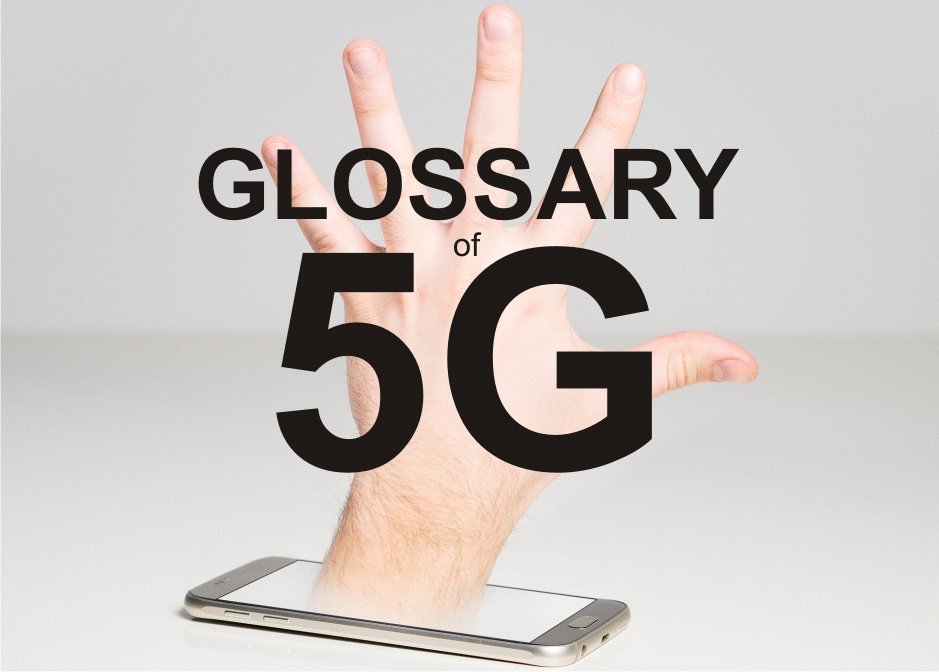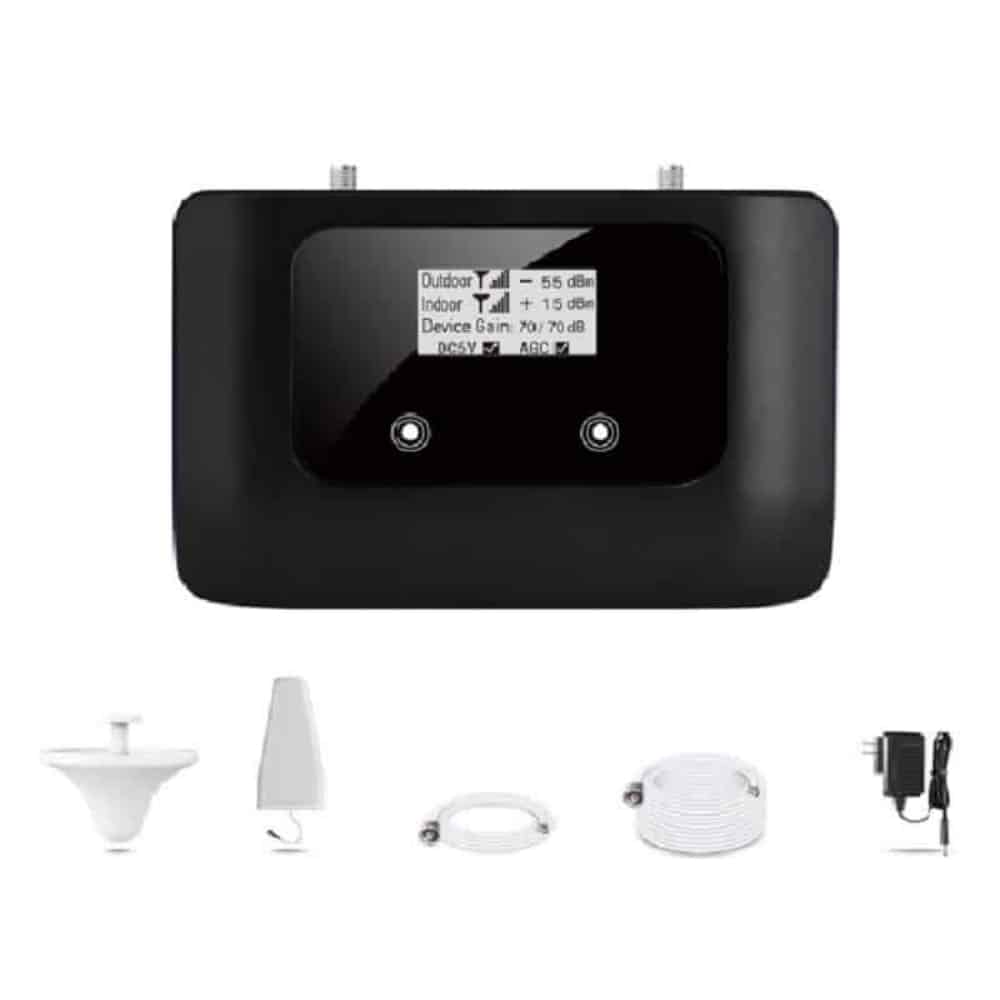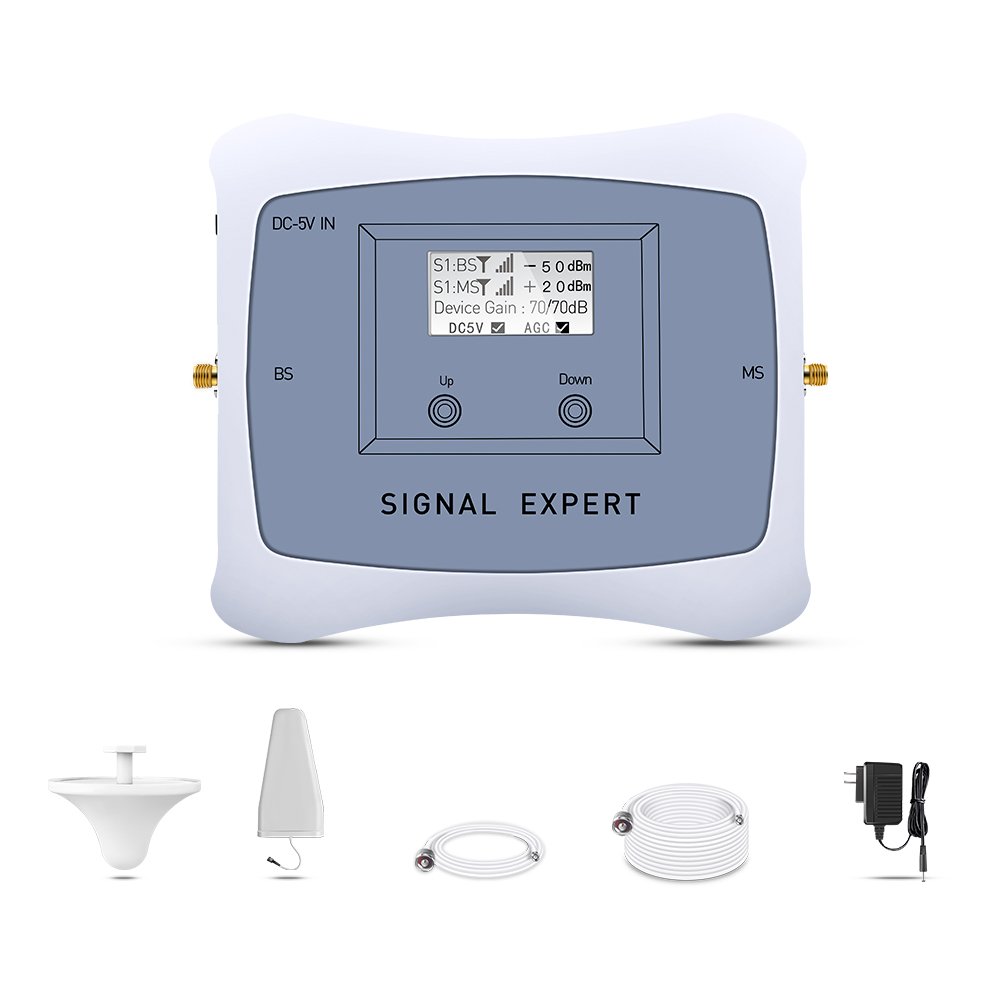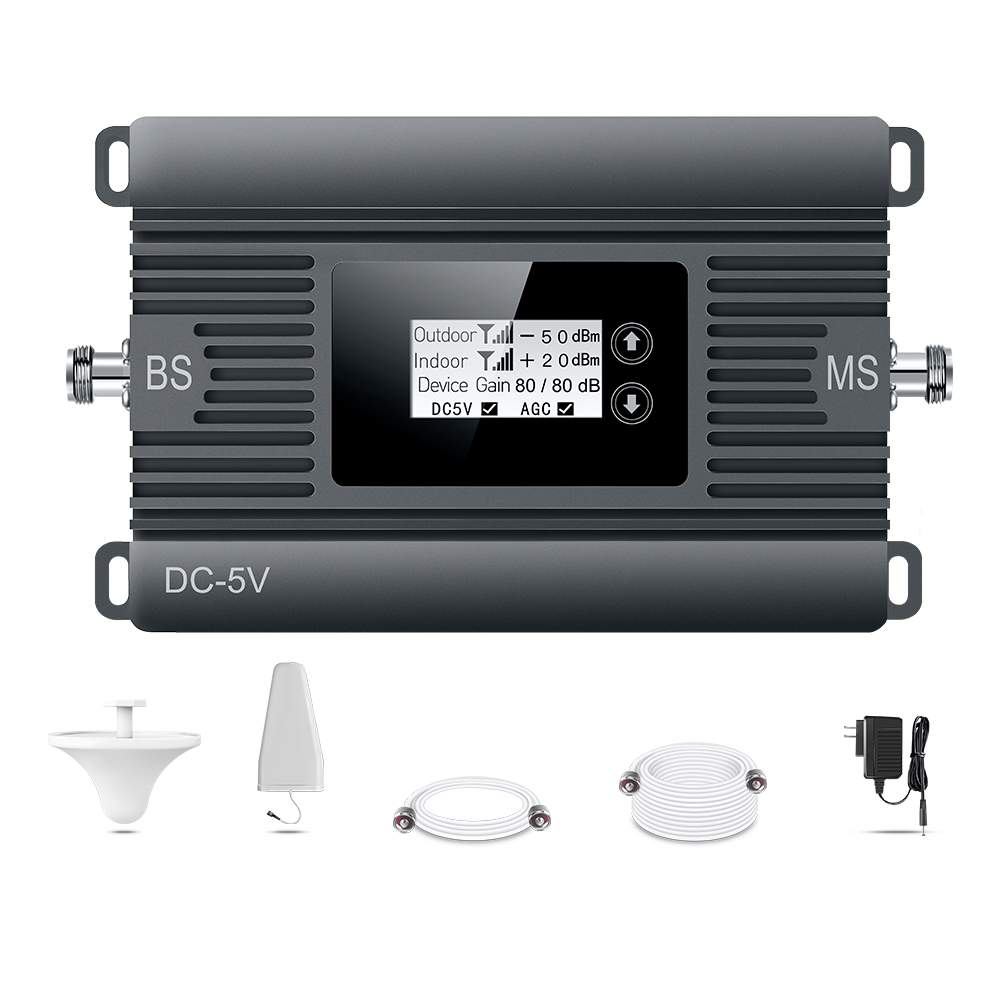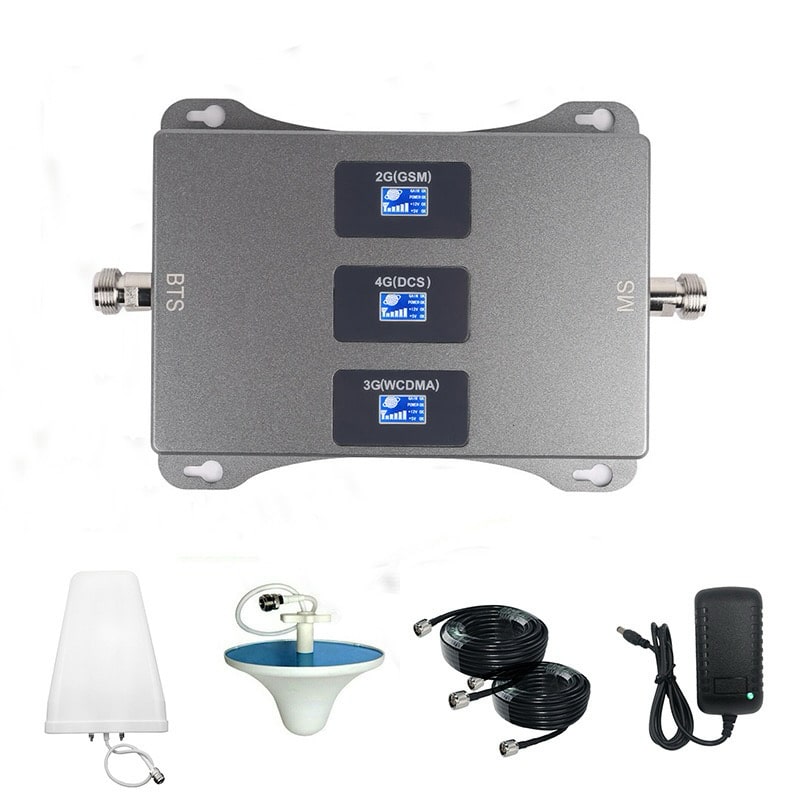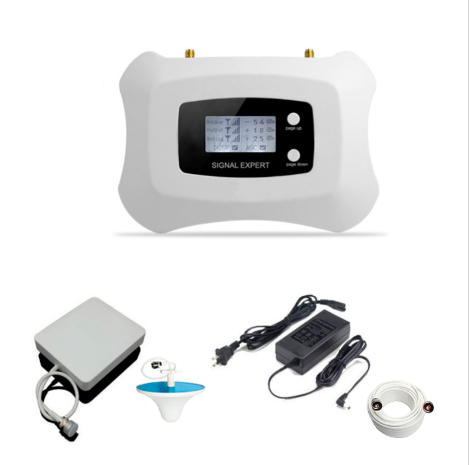5G Terms Glossary for Ready Reference
Since 5G is a very recent term which you might be hearing a lot nowadays, you probably want to know all the related 5G Terms. Understanding the 5G terms would make it easy for you to understand more about 5G technology and other important things related to 5G. So, below is 5G Terms Glossary as your easy and ready reference guide.
Glossary of 5G Terms
1G
First-generation of mobile network technology, offering analog-based voice services.
2G
The second generation of mobile network technology, offering digital voice and low-speed data services.
3G
The third generation of cellular network technology, offering broadband data services.
4G
The fourth generation of cellular network technology, offering a high-definition digital voice and better data performance speed than 3G.
5G
Fifth-generation of cellular network technology, expected to surpass 4G access speeds, latency, number of connected devices, coverage, availability, and energy consumption.
5G NR (New Radio)
The 3GPP’s fifth-generation radio standard that leverages millimeter waves, enhanced small cells, Massive-Input Massive-Output (MIMO), beamforming, licensed/unlicensed spectrum, and full-duplex wireless technologies.
3GPP (3rd Generation Partnership Project)
A group of [seven] telecommunications standard development organizations (ARIB, ATIS, CCSA, ETSI, TSDSI, TTA, TTC), known as “Organizational Partners;” provides its members with a stable environment to produce the Reports and Specifications that define cellular telecommunications network technologies, including radio access, the core transport network, and service capabilities.
AAS (Active Antenna System)
A 3GPP specified system that combines an Antenna Array with an Active Transceiver Unit Array and a Radio Distribution Network Unit.
AF (Application Function)
An element offering applications that require dynamic policy and/or charging control over the IP-CAN user-plane behavior. The AF communicates with the PCRF to transfer dynamic session information, required for PCRF decisions, as well as receive IP-CAN specific information and notifications about IP-CAN bearer-level events. One example of an AF is the P-CSCF of the IMS core network subsystem.
AMF (Access and Mobility Function)
Provides UE-based authentication, authorization, registration, reachability, mobility management, and connection management functions. UE using multiple access technologies could be connected to a single AMF because the AMF is independent of the access technologies.
AN (Access Network)
One of three major components of a 5G system, defining all equipment within the access part of the 5G network infrastructure.
AUSF (Authentication Server Function)
Stores data for authentication of UE; used during the UE attachment sequence. For 5G, basic security mechanisms for 4G could be reused. However, as 5G enables new service and business models that will require many different security applications, AUSF will allow UE authentication using these different security application(s) in this new framework.
BBU (Base Band Unit)
A unit of the telecom systems that processes baseband signals. It connects the core or backhaul network to one or more 4G RRHs. BBUs can be distributed (D-RAN) or centrally (C-RAN) deployed.
Beamforming
Uses multiple antennas to control the direction of a wavefront by appropriately weighting the magnitude and phase of individual antenna signals such that it becomes possible to provide better coverage to specific areas along the edges of cells. Beamforming algorithms can be used to reduce transmission interference from massive MIMO antennas by providing the precisely coordinated pattern through the air to each user, allowing the exchange of more data for multiple users at once.
CORD (Central Office Rearchitected as a Data Center)
Transforms traditional central offices using data center technology for the purpose of virtualizing traditional telecoms network elements into a software construct.
CN (Core Network)
One of the three major components of the 3GPP 5G system defining all equipment within the core segment of the network.
Control Plane
The signaling function of a 3GPP system; largely deals with non-packet forwarding functions including mobility management, connection establishment, QoS control, etc. With Rel-14 and Rel-15, 3GPP aims to separate the user plane and control plane functions respectively for the EPC (Evolved Packet Core) in LTE and the NGC (Next Generation Core) in 5G.
CPRI (Common Public Radio Interface)
Is a digitized and serial internal radio base station interface that establishes a connection between Radio Equipment Controller (REC), commonly known as Baseband Units (BBU), to the Radio Equipment (RE), commonly known as Remote Radio Heads (RRH), via single-hop and multi-hop topologies.
CU (Centralized Unit)
A logical node hosting RRC, SDAP and PDCP sublayers of the gNB or ng-eNB; or RRC and PDCP sublayers of the en-gNB. It centralizes and controls the operation of one or more gNB-DUs, ng-eNB-DUs or en-gNB-DUs. The CU terminates the Fronthaul High Layer Split (HLS) interface connected with the DUs.
CUPS (Control and User Plane Split)
Refers to the separation of the Control and User Plane functions of an LTE EPC (Evolved Packet Core) packet-forwarding elements. These elements are the Serving Gateway (S-GW), the Packet Data Network (PDN), Packet Gateway (P-GW), and the Traffic Detection Function (TDF). With CUPS, a new control signal is also being defined between the control plane part and the user plane part of the split elements; this control signal is primarily used for session management purposes.
C-RAN (Centralized/Cloud-Radio Access Network)
The centralization of Baseband Unit (BBU) or Distributed Unit (DU) processing, which improves cell coordination, scheduling, resource pooling, and load balancing.
DN (Data Network)
The network hosting operator data-centric services, Internet, or third-party data-centric services.
D-RAN (Distributed Radio Access Network)
A traditional RAN architecture where a standalone base station has both the Baseband Unit (BBU) and the Radio Unit (RU) installed at a cell site. Also, base stations with a D-RAN architecture are generally installed inside of a medium or large building for stable power supply and air conditioning needs. The D-RAN base station will have a backhaul interface into the core switching center, terminating to circuit-switching and/or packet-switching core network systems accordingly.
DU (Distributed Unit)
A logical node hosting RLC, MAC, and PHY sublayers of the gNB, en-gNB, or ng-eNB. Its operation is partly controlled by the CU. One DU supports one or multiple cells. One cell is supported by only one DU. The DU terminates the Fronthaul High Layer Split (HLS) interface connected with the CU.
eCPRI (enhanced Common Public Radio Interface)
The specification of an internal radio base station interfaces establishing a connection between eCPRI Radio Equipment Controller (eREC) and eCPRI Radio Equipment (eRE) via a packet-based transport network. Three different information flows are being defined in this specification including eCPRI User Plane Data, Control and Management Plane data, and Synchronization.
en-gNB
A node providing NR user plane and control plane protocol terminations towards the UE, acting as Secondary Node in EN-DC.
EN-DC
E-UTRA (LTE) to NR Dual Connectivity. An architecture where both LTE eNodeB and NR gNB will be co-deployed, allowing the UE to simultaneously establish two radio bearers, each to the respective NodeBs.
Fronthaul
Defines the network segment connecting 3GPP Distributed Units (DUs) to Centralized Units (CUs) in a Centralized Radio Access Network (C-RAN) architecture. Fronthaul is further sub-categorized as Fronthaul HLS and Fronthaul LLS.
Fronthaul HLS (Higher Layer Split)
Defines the open interconnection of a gNB-CU or ng-eNB-CU to a gNB-DU or ng-eNB-DU respectively, allowing the CUs or DUs to be supplied by different manufacturers. A Fronthaul HLS interface will have both the control plane part and the user plane part. 3GPP F1 interface is an example of a Fronthaul HLS interface.
Fronthaul LLS (Lower Layer Split)
Defines the interconnection of a DU with that of an RU (Radio Unit). CPRI and eCPRI are both examples of a Front haul Low Layer Split interface. Specific to the eCPRI specification, the DU is being referred to as eREC, while the RU is being referred to as eRE.
gNB
A node providing NR user plane and control plane protocol terminations towards the UE, connected via the NG interface to the 5GC
IMT-Advanced (International Mobile Telecommunications-Advanced)
Represents a secure all-IP mobile broadband system for wireless devices, going beyond mobile phone systems marketed as 3G; referenced as 4G or 4.5G.
IMT-2020 (International Mobile Telecommunications-2020)
A program led by Working Party 5D of ITU’s Radio Communication Sector (ITU-R) to develop ‘IMT for 2020 and beyond;’ sets the stage for 5G research activities around the world. The detailed investigation of the key elements of 5G is being realized through successful partnerships between ITU-R and the mobile broadband industry, as well as with key stakeholders in the 5G community.
IP (Internet Protocol)
Internet communications protocol suite for relaying data across network boundaries to enable internetworking; essentially establishes the Internet.
LTE (Long-Term Evolution)
A 4G mobile communications standard whereby users of the LTE network should see data speeds up to 10 times faster than 3G networks.
LTE-A (Long-Term Evolution-Advanced)
A mobile communication standard that brings major enhancements to the LTE standard; formally submitted to ITU-T in late 2009 as a candidate 4G system meeting the requirements of IMT-Advanced standard. LTE-A was standardized by the 3rd Generation Partnership Project (3GPP) in March 2011 as 3GPP Release 10.
M2M (Machine-to-Machine)
Communication between machines, without human intervention.
MBH (Mobile Back Haul)
The process of connecting cell sites (base stations) to network controller sites over wireline networks. Traffic engineering on such wireline networks is typically required to enforce the necessary quality of service.
Massive MIMO (Multiple-Input Multiple-Output)
This refers to a large number of antennas in the base station antenna array that enables multiple spatially separated users to be catered for by the antenna array at the same time and frequency resource.
MEC (Multi-Access Edge Computing)
Cloud computing at the edge of the network, performing necessary tasks closer to the end-users. This environment is characterized by ultra-low latency and high bandwidth, as well as real-time access to radio network information that can be leveraged by applications to improve the overall end-user experience, man or machine.
MIMO (Multiple-Input Multiple-Output)
Allows sending and receiving more than one data signal on the same channel at the same time by using more than one antenna, thus improving the data rates between the transmitter and the receiver.
mmWave (millimeter wave)
A high-frequency wave wedged between microwaves and infrared waves, in the millimeter band; considered to deliver faster, higher-capacity 5G services.
MNO (Mobile Network Operator)
Provides wireless service(s) to wireless users by owning or leasing all components to sell and deliver wireless services over the licensed wireless spectrum; MNOs include wireless service providers, wireless carriers, cellular companies, or mobile network carriers.
MTC (Machine Type Communications)
Communications between machines (things).
mMTC (Massive Machine-Type Communications)
A large number of machines (things) within a specific area and communicating with application servers residing in a core network.
M-CORD (Mobile-CORD)
Focuses on a fully disaggregated and virtualized RAN and mobile core using open source collaboration, bringing the value of data center economics and cloud agility.
NEF (Network Exposure Function)
A network entity that exposes 3GPP core network capabilities to third parties, non-3GPP environments. NEF also provides security when services or Application Functions (AFs) access 5G Core nodes. It can be thought of as a proxy, or API aggregation point, or translator into the Core Network.
NG (Next Generation)
Typically referring to the new 5G systems or specifications.
NGC (Next Generation Core)
Defines the mobile core elements of a 5G system.
ng-eNB
A node providing E-UTRA (LTE) user plane and control plane protocol terminations toward the UE, connected via the NG interface to the 5GC.
Network Slicing
Virtual slices of a physical network supporting specific performance guarantees.
NR (New Radio)
Commonly used term to reference 3GPP 5G radio system.
PCF (Policy Control Function)
A control plane function responsible for policy control; more specifically, managing the Quality of Service (QoS) of individual service data flows in a 3GPP 5G NGC. PCF enforces policies, usually based on usage volume reporting from the UPF (User Plane Function).
PDN-GW or P-GW (Packet Data Network Gateway)
Provides access to Packet Data Networks; responsible for dictating QoS and BW parameters in LTE, acts as IP router to mobile-specific tunneling and signaling protocols. This critical function will be replaced with UPF in 5G.
RAN (Radio Access Network)
A combination of wireless network elements and wireline network elements connecting end-users, man and machine, to the network core delivering specific services. The network elements present in this segment of the network include the base stations, base station controllers, mobile backhaul transmission equipment, etc.
Small Cell
Low-powered cellular radio access nodes that operate in licensed and unlicensed spectrum, serving fewer users at high access speeds over a small geographic area.
RRH (Remote Radio Head)
A remote radio transceiver that connects to a radio base station unit via an electrical or wireless interface. The RRH is usually installed on a mast-top or tower-top location and is physically some distance away from the base station hardware, which is often mounted in an indoor rack-mounted location.
S-GW (Serving Gateway)
The gateway that terminates the interface toward E-UTRAN. S-GW is responsible for handovers with neighboring eNodeBs, as well as for data transfer of all packets across the user plane from the eNodeB to the P-GW. It is also the mobility anchor point for Inter-RAT handover between different generations of mobile networks such as 2G/3G. This critical function will be replaced with the User Plane Function (UPF) in 5G.
SMF (Session Management Function)
5G NCG network entity handling the session establishment, modification, and release of the tunnel between UPF and AN node. It is also responsible for UE (User Equipment) IP address allocation and management; required to configure traffic steering capabilities at UPF to route traffic to their proper destination.
TSN (Time-Sensitive Networking)
IEEE 802.1 TSN is a collection of specifications that enhance the functionalities of IEEE 802.1Q, IEEE 802.1 and IEEE 802.3. These enhancements collectively enable the creation of a Deterministic Ethernet switched network where fixed latency, low packet error loss rate, zero congestion, and high availability network could be achieved.
UDM (Unified Data Management)
Where all subscriber data, network service profiles, and network access policies are stored. The data in the UDM for specific subscribers could be accessed for verification of the subscriber during the initial network attachment sequence of the subscriber.
UE (User Equipment)
One of three major components of a mobile network, defining all user devices connected to the network, man and machine.
UPF (User Plane Function)
A core network function, where service functions like packet routing, and forwarding can be deployed in various locations or configurations. The UPF is the anchor point for any Intra-/Inter-RAT mobility. It also provides the Roaming Interface to a Visited Network UPF.
